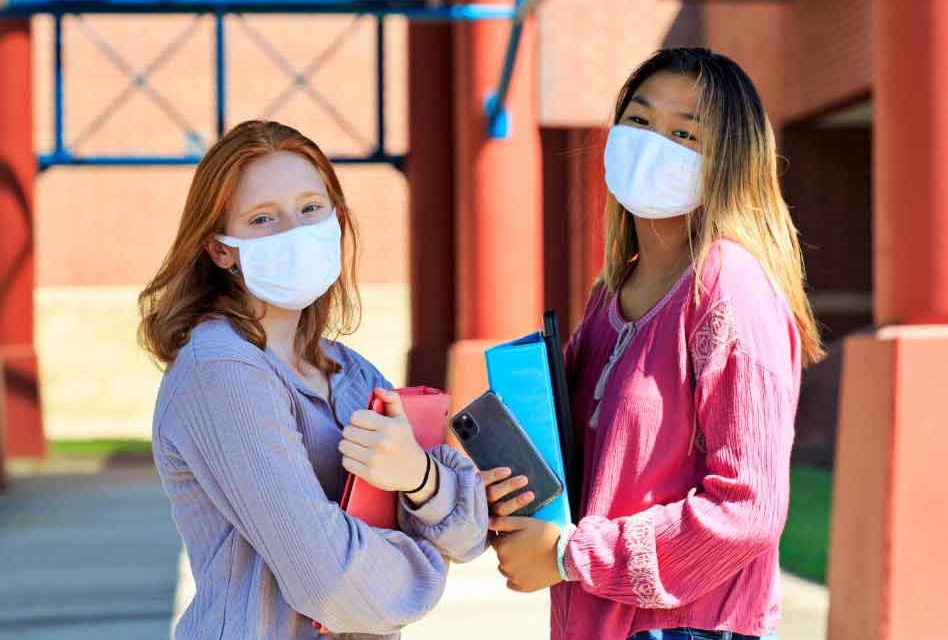As in-person learning at schools resumes in Osceola County on Monday, everyone in their households should do their best to stay healthy by protecting each other from getting sick, and practicing everyday preventive actions while staying informed on COVID-19 updates.
For many families, back to school planning will look different this year than it has in previous years, and the School District of Osceola County has new policies in place to prevent the spread of COVID-19. You may also be starting the school year with at-home learning. Whatever the situation, these tips are intended to help parents, guardians and caregivers plan and prepare for the upcoming school year.
Children should be screened daily for these symptoms before going to school:
- Fever greater than 100.4
- New uncontrolled cough causing breathing difficulty
- Diarrhea, vomiting or abdominal pain or sore throat
- New severe headache especially with fever.
If a child is sick, keep them home and contact your healthcare provider. The list above does not represent all symptoms. For additional symptom information, visit the CDC website here.
According the Florida Department of Health, if anyone in the household tests positive for COVID-19, children should remain at home for 14 days and be monitored for symptoms.
For the safety of students, teachers, and family members at home, children should be advised to do the following:
- Wear cloth face coverings correctly, making sure that the covering fits securely around the face and covers the nose and mouth.’
- Wash hands frequently with soap and water for at least 20 seconds.
- If soap and water are not available, use a hand sanitizer comprised of at least 60% alcohol.
Make sure you are using a safe product. FDA provides a list of hand sanitizers consumers should not use. Adults should monitor children while they use hand sanitizer.
- Maintain a recommended physical distance from other people, including other students.
- Avoid sharing objects with other students, including water bottles, devices, writing instruments and books.
- Monitor how they feel and tell an adult if they are not feeling well.
Develop daily routines before and after school—for example, things to pack for school in the morning (like hand sanitizer) and things to do when you return home (like washing hands immediately).
Be familiar with your school’s plan for how they will communicate with families when a positive case or exposure to someone with COVID-19 is identified and ensure student privacy is upheld.
Older adults and people with certain underlying medical conditions are at increased risk for serious illness from COVID-19. If your household includes anyone who is at increased risk, then all family 2 members should exercise the appropriate precautions. People who live in multi-generational households may find it difficult to take precautions to protect themselves from COVID-19 or isolate those who are sick, especially if space is limited. It is important to understand potential risks and how to adopt different types of prevention measures to protect your family and to help reduce the spread of COVID-19.
The CDC recently created guidance for multi-generational households, which may be helpful for households with both children and older adults in the same home. You can also contact your local health department for guidance.
Visit www.osceola.org/covid19testing for a list of testing locations and events in Osceola County.




















